Have you ever wondered why we light deepam with two wicks? Why do we use oil? Do you also wonder about the purpose of this “old-fashioned” process when electric lights are available in various beautiful forms and colours?
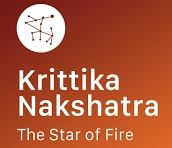
During Karthika maasam (when a star named Krutthika is closest to the Moon) everyone who follows Vedic recommendations lights up Diyas. It is believed that one acquires great fortune by performing this ritual. This is retold through various stories from our puranas. Our rushis are experts at seeing what’s beneath the surface. What did they want to teach us through this ritual?
Diya or Pramida represents our manas (heart).
Fill the Diya (manas) with a bonding agent, oil (love). The sticky, non-breaking, nature of oil bonds different elements together. Let the love in our hearts for each other bond us all together. Electric current flows but does not have the binding ability like that of oil, which is the key aspect in a loving, sharing relationship.
Maybe we all love each other anyway. What is this ritual teaching us that we don’t know?
Our ignorance lies on the foundation on which love exists between two beings. Do we love someone because we know he is part of our family? Then, we are restricting ourselves from being bonded with other families. Do we love someone because we know he/she is part of our caste/creed/colour/gender/species? Then, we are restricting ourselves from bonding with the rest. What we forgot (or don’t know) are the natural bonds us amongst entity in existence. Vedas refer to everyone as descendants of God, the elixir (Amrutha Swaroopa):
srunvanthu viswe: amruthasya putra:
Why did we forget this? What is our natural state? What is the goal of this knowledge? What is the nature of God who is the common binding source of all beings? What is the goal of knowing God? All these questions are answered through the knowledge underlying this procedure in lighting of so many Diyas.

Such knowledge is represented by two wicks being joined together and lit up. The first wick represents knowledge defined in prime, root sources (Vedas, called Upabrumhyamu). The second wick represents knowledge resulting from descriptive forms (Upabrumhanamas) of the Vedas. These exist in five groups: smruthi, ithihasa, purana, aagamas, and prabandha. (representing five faces of the deepam – each face has two wicks, one is the source and the other is one of the descriptive forms)
If we only learn the source in its original form, but do not know the right meaning of it through descriptive scriptures, we will not grasp its practical essence. If we only look at the descriptive scriptures, then we are likely to miss the aim of the root source (Vedas). Thus, both the prime source and the explanatory/descriptive scriptures are important.

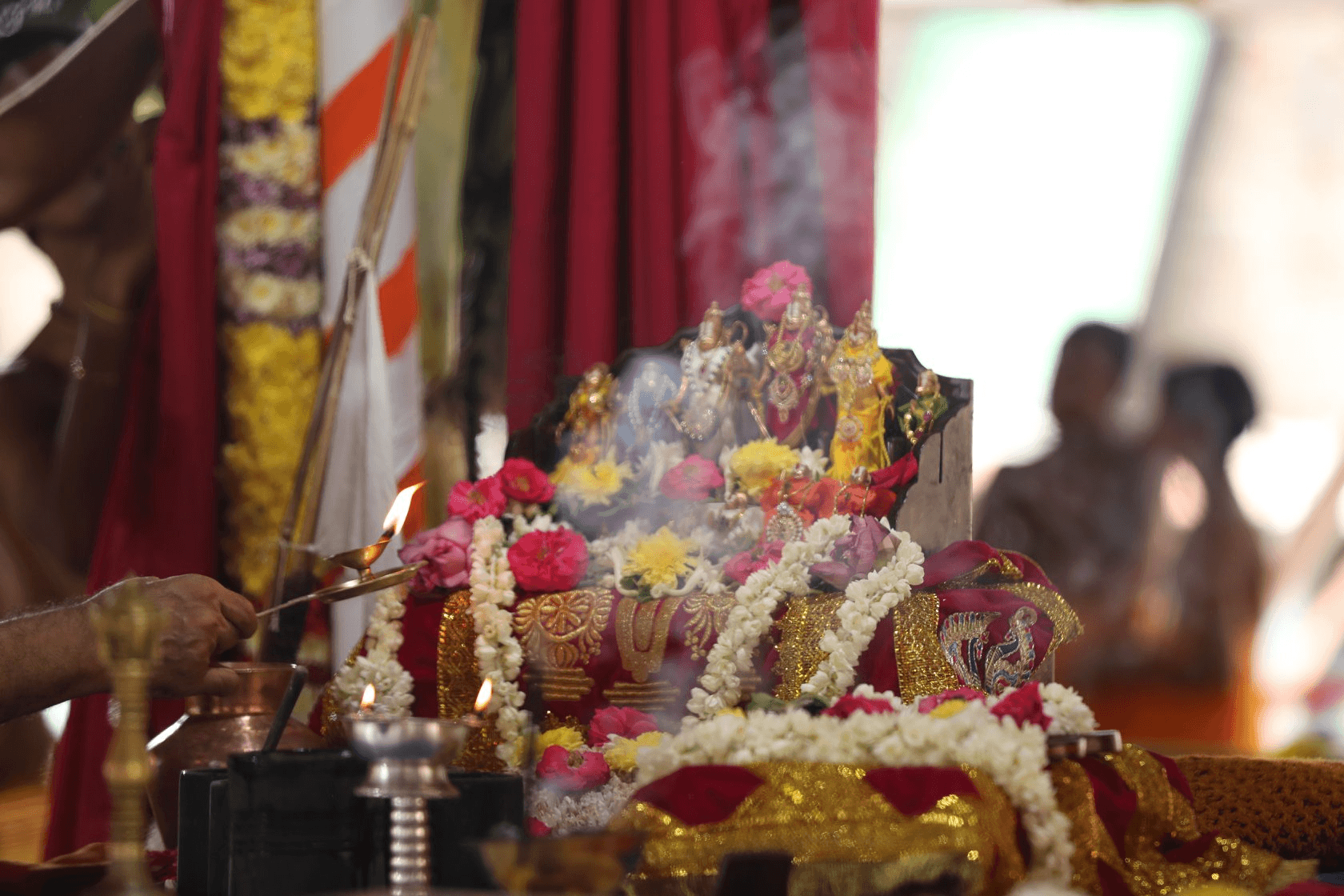
The two wicks joined together (knowledge obtained from source and descriptive forms) soaked in the oil (transformed into love) gives light (joy of knowledge). Worship the source of existence, God in this light. Now, share this joy with everyone by lighting up another diya (another heart) with the fire of the first diya. No matter how many diyas one lights up, the light at the source diya will be the same as the light at the final diya.
This is why, knowledge shared by Veda vyasa Millenia ago was beautifully vibrant in the hearts of our acharyas like Ramanujacharya thousand years ago.
The essence of all knowledge is to do our duties properly backed by understanding while knowing our limits.
Duties and limits are different at different levels. School children have certain rules to follow and duties to fulfill. Women of the house have certain rules to follow and different duties to fulfill. Now, raise a level up from the duties in the current body. Think in terms of a universal being who will continue to exist even after the current body disintegrates. What are the duties you have and limits that you must know as that universal being? This is the knowledge that scriptures aim to teach us. This encompasses all knowledge, including and not limited to know-how of leading life happily in the current body.
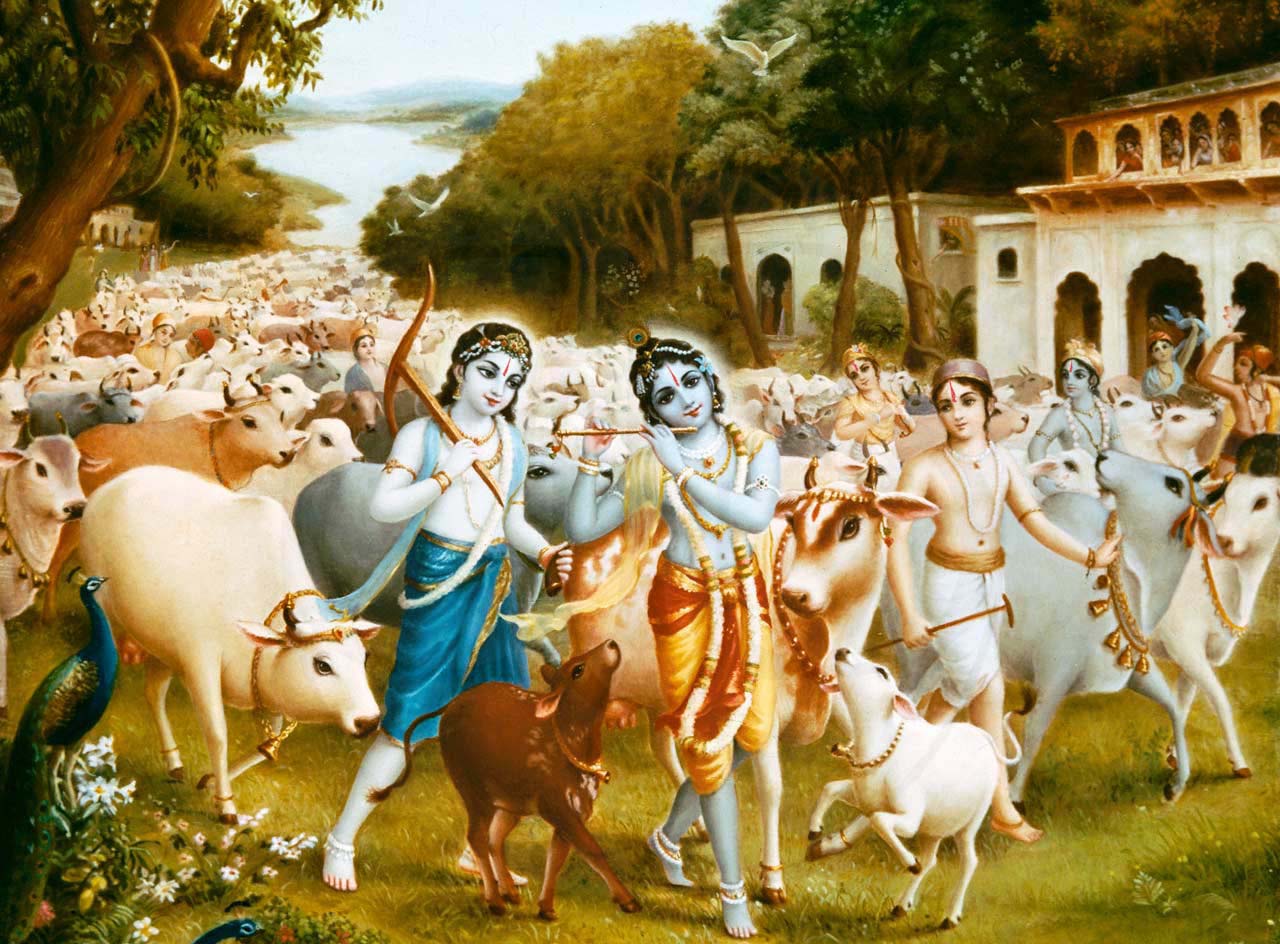
Let’s all share this wisdom of love with everyone. It can be a crore (koti deepotsavam), lakh (laksha deepotsavam), a hundred or even just your neighbour. Let’s all share.
– November 15 th , 2019, Nellore
– Koti Deepotsavam
– (Organised by Sriman Prabhakar Rao and family)
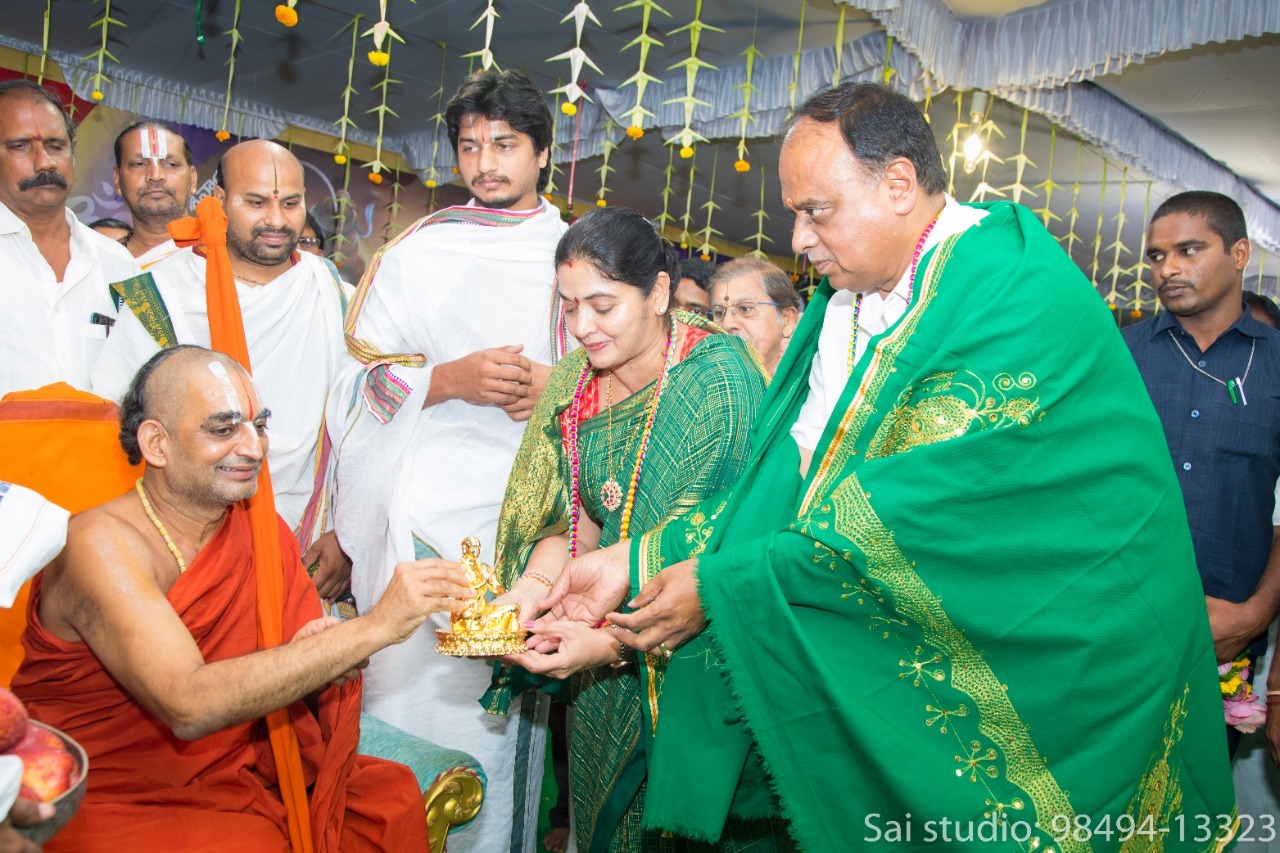
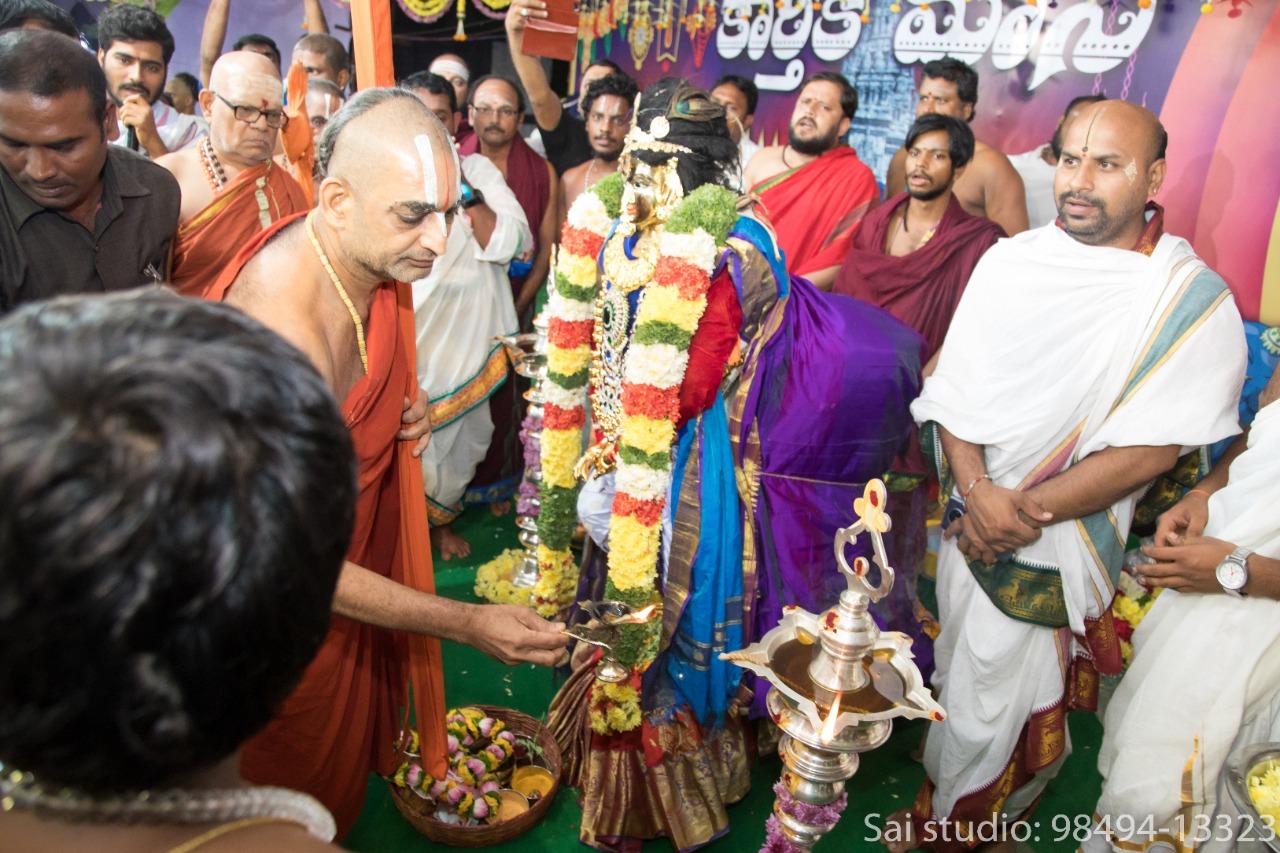


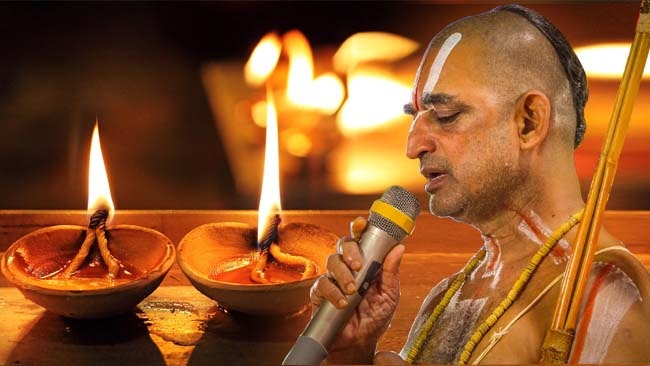

sreemate raamaanujaaya namaha . sree chinna jeeyar swamine namaha